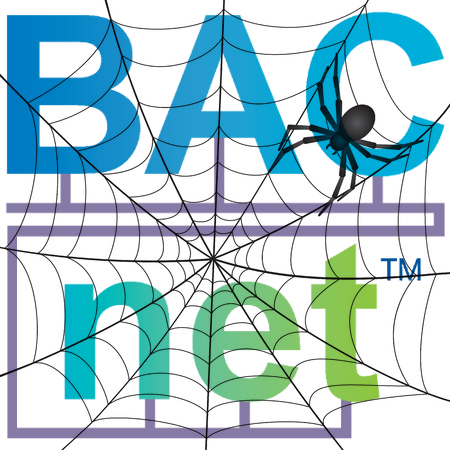BACnet/WS is the web-interface of the DINGO software stack
Choosing an open and widely accepted standard is an absolute requirement when you select your IoT WEB interface.
Today BACnet/WS is probably the most advanced and most extensive web-service definition for IoT.




